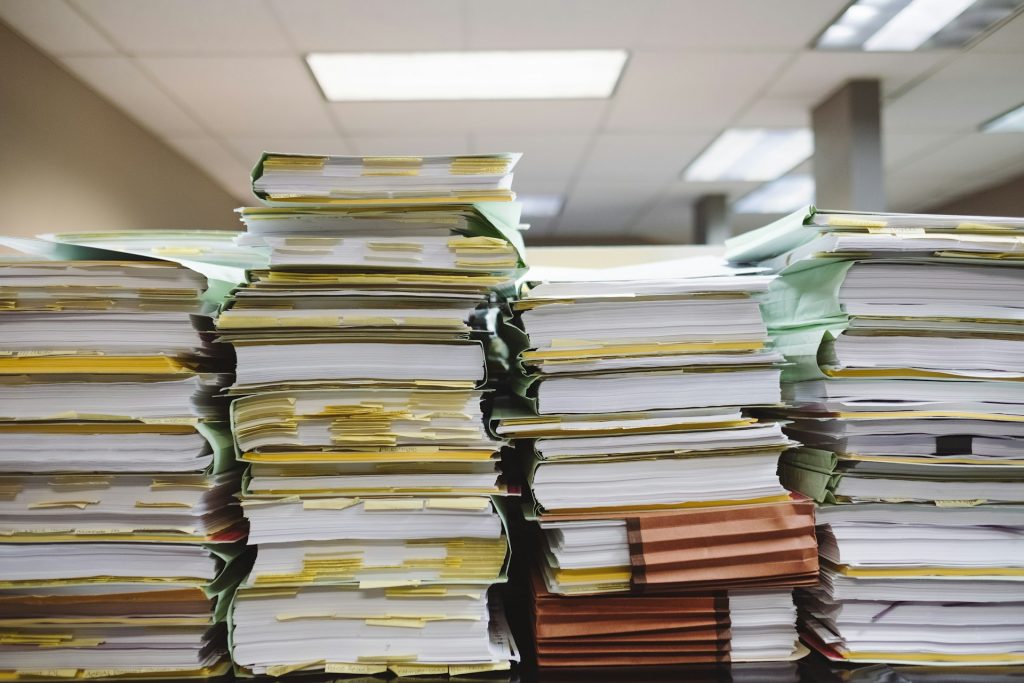Creating a well-structured and insightful report is a vital skill across various fields, whether in academia, business, or research. A report serves to convey information in a clear, concise, and organized manner, and its effectiveness largely depends on its quality. Understanding the characteristics of a good report can transform an ordinary document into a powerful tool for communication. Below are 13 key characteristics that define a good report.
Clarity and Precision
Clarity and precision are foundational characteristics of a good report. The purpose of the report should be immediately clear to the reader. Language should be straightforward, avoiding unnecessary jargon and complex vocabulary that might confuse the reader. Clear and precise language ensures that the report’s message is easily understood, which is essential for effective communication.
Conciseness
A good report is concise and to the point. While it is important to cover all necessary information, reports should avoid unnecessary detail that can obscure the main points. Being concise means delivering your message efficiently without sacrificing the completeness of the information presented.
Structure and Organization
The structure and organization of a report greatly influence its readability. A well-organized report follows a logical sequence, typically comprising an introduction, body, and conclusion. Each section should have a clear heading, and the content should flow logically from one point to the next. Subheadings can also be used to break down complex sections into more manageable parts, aiding in the reader’s navigation through the document.
Accuracy
Accuracy is a non-negotiable characteristic of a good report. The information presented must be correct and verifiable. This involves thorough research and fact-checking to ensure that all data, statistics, and claims are accurate and reliable. Accuracy not only enhances the credibility of the report but also builds trust with the audience.
Relevance
Every piece of information in a report should be relevant to the topic at hand. Irrelevant data can distract the reader and detract from the report’s primary objectives. A good report filters out unnecessary information, focusing instead on data and insights that directly support its purpose.
Objectivity
Objectivity is crucial when presenting information, particularly in reports that require analysis or evaluation. A good report presents facts and findings impartially, without personal bias or opinion. This ensures that the conclusions drawn are based on evidence rather than subjective interpretation, adding to the report’s credibility.
Coherence
Coherence refers to the logical connection between ideas and sections within a report. A coherent report ensures that each part is connected and contributes to the overall message. Transitions between sections should be smooth, and the relationship between ideas should be clear to the reader.
Visual Presentation
The visual presentation of a report is another important characteristic. This includes the use of charts, graphs, tables, and other visual aids to complement the text. Visual elements can help clarify complex data, making it easier for readers to grasp and retain information. However, they should be used judiciously and must always enhance, rather than detract from, the written content.
Completeness
A good report is complete, covering all necessary aspects of the topic. It should address the who, what, when, where, why, and how of the subject matter. Completeness ensures that the reader has all the information needed to understand the topic fully without having to seek additional sources.
Consistency
Consistency in style, tone, and formatting is another key characteristic of a good report. This includes consistent use of terminology, headings, font styles, and citation formats. Consistency helps maintain a professional appearance and makes the report easier to read and understand.
Accessibility
A good report should be accessible to its intended audience. This means that the language, style, and complexity should be appropriate for the reader’s level of understanding. Accessibility also involves considering how the report is distributed and ensuring that it is easy to access and read, whether in print or digital format.
Engagement
While reports are typically formal documents, they should still engage the reader. This can be achieved through a clear narrative, interesting insights, and by highlighting the implications of the findings. An engaging report captures the reader’s interest and encourages them to think critically about the information presented.
Timeliness
Finally, timeliness is a critical characteristic of a good report. Information should be up-to-date and relevant to the current context. A timely report is more likely to be useful and impactful, particularly in fast-moving fields where information can quickly become outdated.
In conclusion, the characteristics of a good report encompass clarity, conciseness, structure, accuracy, relevance, objectivity, coherence, visual presentation, completeness, consistency, accessibility, engagement, and timeliness. Each of these elements plays a crucial role in ensuring that a report is effective and serves its intended purpose. By mastering these characteristics, individuals can enhance their report-writing skills, leading to documents that are not only informative but also persuasive and impactful. Whether used in academic, professional, or research settings, understanding what makes a report good can significantly improve the quality of communication and the success of the report’s objectives.
